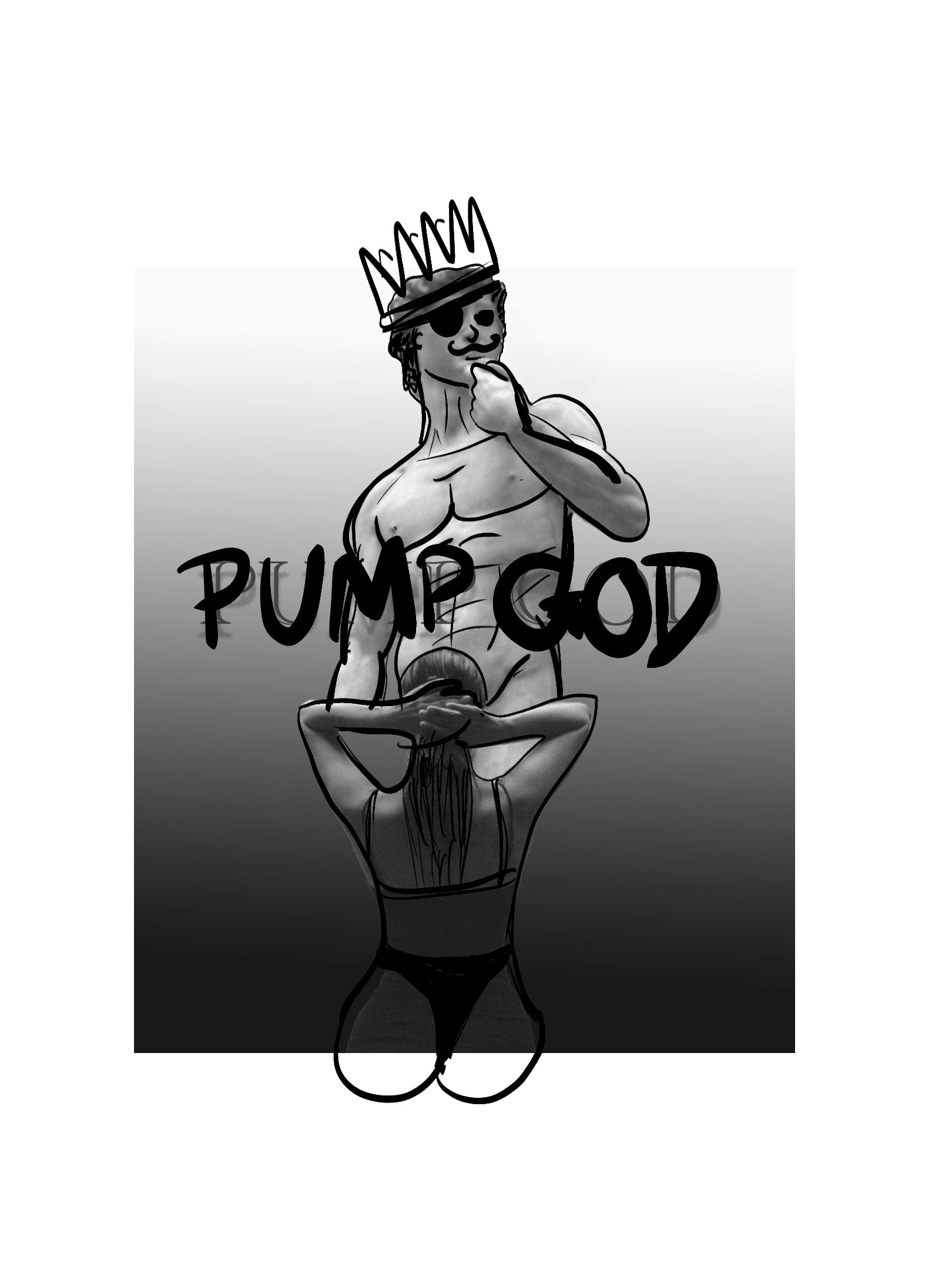20 FACTORS
20 Common Industry Problems for Concrete Pumping
1. Blockages and Clogs
- Issue: Concrete can harden or get stuck in the pump or hoses, leading to blockages.
- Solution: Regular maintenance and cleaning of equipment, using appropriate concrete mix, and monitoring flow rates.
2. Equipment Malfunctions
- Issue: Pumps, hoses, or other equipment may break down or malfunction, causing delays and additional costs.
- Solution: Implement a rigorous maintenance schedule, use high-quality equipment, and train operators on proper equipment handling.
3. Safety Risks
- Issue: Concrete pumping involves high-pressure systems that can pose safety hazards, potentially leading to accidents and increased insurance rates.
- Solution: Adhere to safety standards, use protective gear, and provide comprehensive safety training to minimize risks and avoid higher insurance costs.
4. Concrete Quality Issues
- Issue: Variations in the quality of concrete can affect the pumping process and the final structure, potentially leading to costly repairs or project delays.
- Solution: Ensure consistent concrete mix quality, use admixtures to improve flowability, and perform regular quality checks.
5. Weather Conditions
- Issue: Extreme weather conditions, such as high temperatures or freezing, can affect concrete pumping and may lead to increased costs for temperature control measures.
- Solution: Adjust the concrete mix for weather conditions, use appropriate additives or curing techniques, and plan for weather-related contingencies.
6. Access and Site Conditions
- Issue: Difficult site access or poor site conditions can hinder concrete placement and may result in higher costs for equipment adjustments or site preparation.
- Solution: Plan and prepare the site, use flexible pumping equipment, and coordinate with site management to address access issues.
7. Operator Skill and Training
- Issue: Inadequate training can lead to improper operation, increased risk of problems, and potential costs associated with errors or accidents.
- Solution: Provide comprehensive training for operators, ensure ongoing skill development, and invest in operator certifications to reduce errors and associated costs.
8. Environmental Regulations
- Issue: Compliance with environmental regulations regarding noise, dust, and waste can be challenging and may involve additional costs for mitigation measures.
- Solution: Implement measures to reduce environmental impact, stay informed about regulatory requirements, and factor in compliance costs in project budgeting.
9. Coordination with Other Trades
- Issue: Misalignment with other construction activities can cause delays, conflicts, and increased costs due to scheduling issues or rework.
- Solution: Communicate effectively and coordinate schedules with other trades to ensure smooth operation and minimize delays or extra costs.
10. Maintenance and Downtime
- Issue: Unexpected maintenance or downtime can disrupt projects, lead to increased costs, and affect project timelines.
- Solution: Maintain a proactive maintenance schedule, keep spare parts available, and have a contingency plan for repairs to minimize downtime and associated costs.
11. Concrete Pump Rental Rates
- Issue: High rental rates for concrete pumps can increase project costs.
- Solution: Compare rates from different suppliers, negotiate rental agreements, and consider long-term rentals for cost savings.
12. Pump Capacity Limitations
- Issue: Limited pump capacity may not meet the needs of large or complex projects, leading to delays or additional costs.
- Solution: Select the appropriate pump size for the project and plan for additional resources if needed.
13. Mix Consistency
- Issue: Inconsistent concrete mix can affect pump performance and lead to inefficiencies or additional costs.
- Solution: Ensure consistent mix design and quality control throughout the project.
14. Pump Wear and Tear
- Issue: Wear and tear on pumps and hoses can lead to higher maintenance costs and potential breakdowns.
- Solution: Regularly inspect and maintain equipment to extend its lifespan and reduce repair costs.
15. Site Accessibility Costs
- Issue: Difficult access can require special equipment or modifications, increasing project costs.
- Solution: Assess site conditions early and plan for any necessary adjustments or equipment.
16. Concrete Delivery Delays
- Issue: Delays in concrete delivery can affect the pumping schedule and overall project timeline.
- Solution: Coordinate closely with concrete suppliers and schedule deliveries to align with the project timeline.
17. Pressure Fluctuations
- Issue: Fluctuations in pump pressure can impact the quality of the concrete placement and lead to potential rework.
- Solution: Monitor and adjust pump settings to maintain consistent pressure and ensure smooth operation.
18. Labor Costs
- Issue: High labor costs associated with operating and supervising concrete pumps can impact project budgets.
- Solution: Optimize labor deployment, use efficient equipment, and ensure adequate training to minimize labor costs.
19. Permitting and Regulatory Costs
- Issue: Obtaining necessary permits and meeting regulatory requirements can incur additional costs.
- Solution: Plan for permit costs in the project budget and stay informed about regulatory requirements to avoid fines or delays.
20. Health and Safety Compliance Costs
- Issue: Ensuring compliance with health and safety regulations can involve significant costs for equipment, training, and inspections.
- Solution: Implement effective safety programs and ensure compliance with regulations to prevent accidents and reduce potential fines.

PUMP GOD
A depiction of a Linehands confidence once achieving operator status